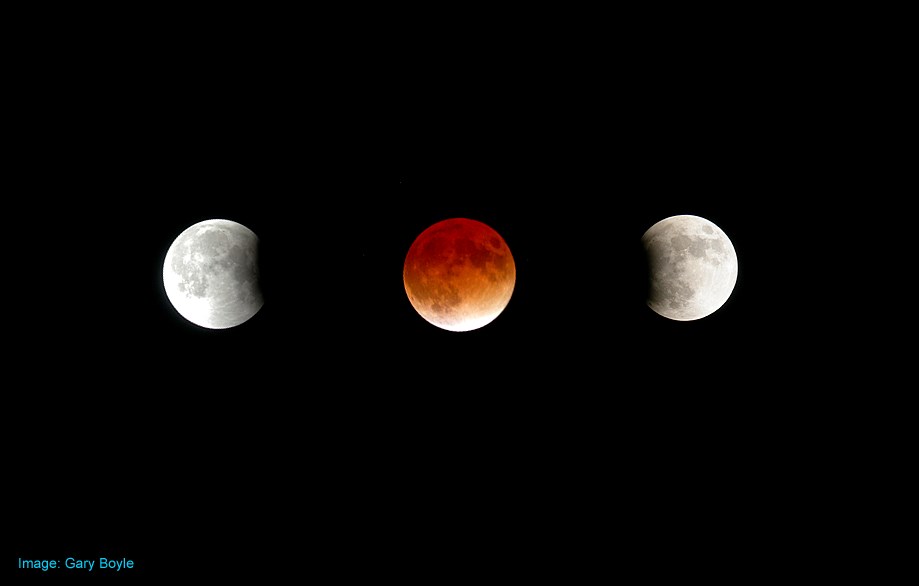Canadian sky-watchers from coast to coast to coast will have the opportunity to witness a lunar eclipse on the night of Jan. 20-21, depending on what part of the country they live in.
For Manitobans, the partial umbral eclipse will begin at 9:34 p.m. on Sunday and the total lunar eclipse will start about an hour later, reaching its greatest point at 11:12 p.m. before ending about half-an-hour later. The partial umbral eclipse will last until 12:51 a.m. Jan. 21 when the moon will completely exit the shadow cast by the sun.
The opportunity for the whole country to see a lunar eclipse doesn’t come along often, says ays Ottawa-area astronomer Gary Boyle, a former instructor at Algonquin College.
“The last one we had, lunar eclipse, the western part of Canada saw the entire beginning to end but now coast to coast will see the entire show as long as it’s clear,” said Boyle. “It happens again in 2022, I believe, that we’ll get a good show but only from central to east so to get the entire country on something like this is phenomenal.”
The moon will still be visible at the height of the eclipse, Boyle says, but with a noticeable change in colour.
“The umbral phase is when the moon starts to get dark when it moves into the Earth’s shadow,” said Boyle. “It just starts moving across, it gets darker and more orange, and the magic really happens. It’s just the moon moving into the earth’s shadow, which is a lot larger than the moon. The moon pretty well fits between Ottawa and Vancouver so it’s about three-and-a-half lunar widths of darkness that it goes through so it takes about three-and-a-half hours.”
This show should be particularly good because of the moon’s proximity to Earth.
“The moon turns that copper orange, or the blood moon as it’s called, and it’s also the super moon because the moon is very close to the Earth during the full phase,” said Boyle.
The color comes from the refraction of sunlight through the Earth’s atmosphere.
Unlike a solar eclipse, a lunar eclipse can be viewed with the naked eye.
“It’s a great little adventure for the entire family,” Boyle says. “Until you see an eclipse or until you see a meteor shower or a fireball lighting up the ground, until you see nature in motion, it’s not the same.”
While the eclipse will be visible to people in cities, being away from light pollution can help photographs of the lunar eclipse really pop.
“It’s easy to photograph,” Boyle says. “All you need is a telephoto lens with bit of power but it’s not crucial. If you can put your camera on a tracker once the moon is totally eclipsed you can expose for 30-40 seconds, even a minute or two minutes, without anything moving, then you get the nice stars, hopefully pinpoint and not trailed. When the moon is fully eclipsed and you want to get that wide angle shot with the stars behind it it’s great to have the darker skies.”
The only thing that might prevent Canada – and also the rest of the Americas and northwest Europe – from seeing a full lunar eclipse is the weather.
“Astronomers make really good weather forecasters,” Boyle jokes. “When we plan a big event, it’s always bound to be bad weather.”




